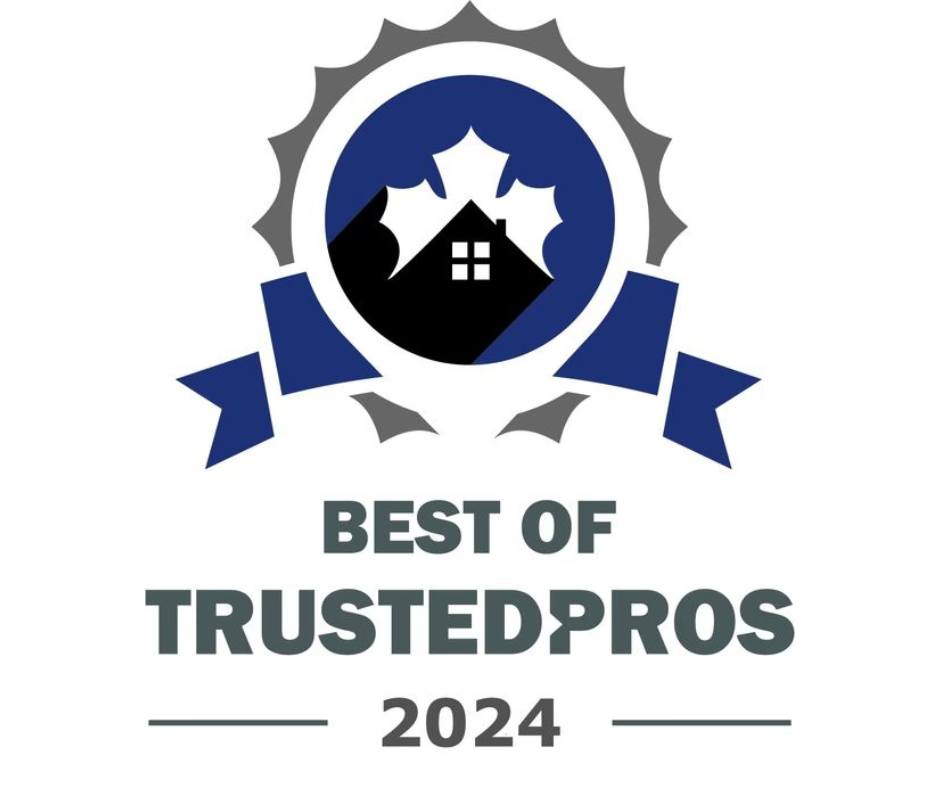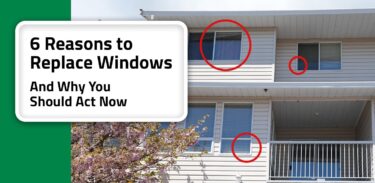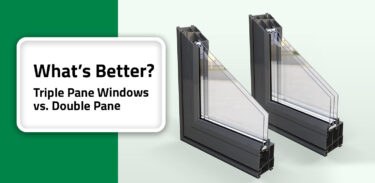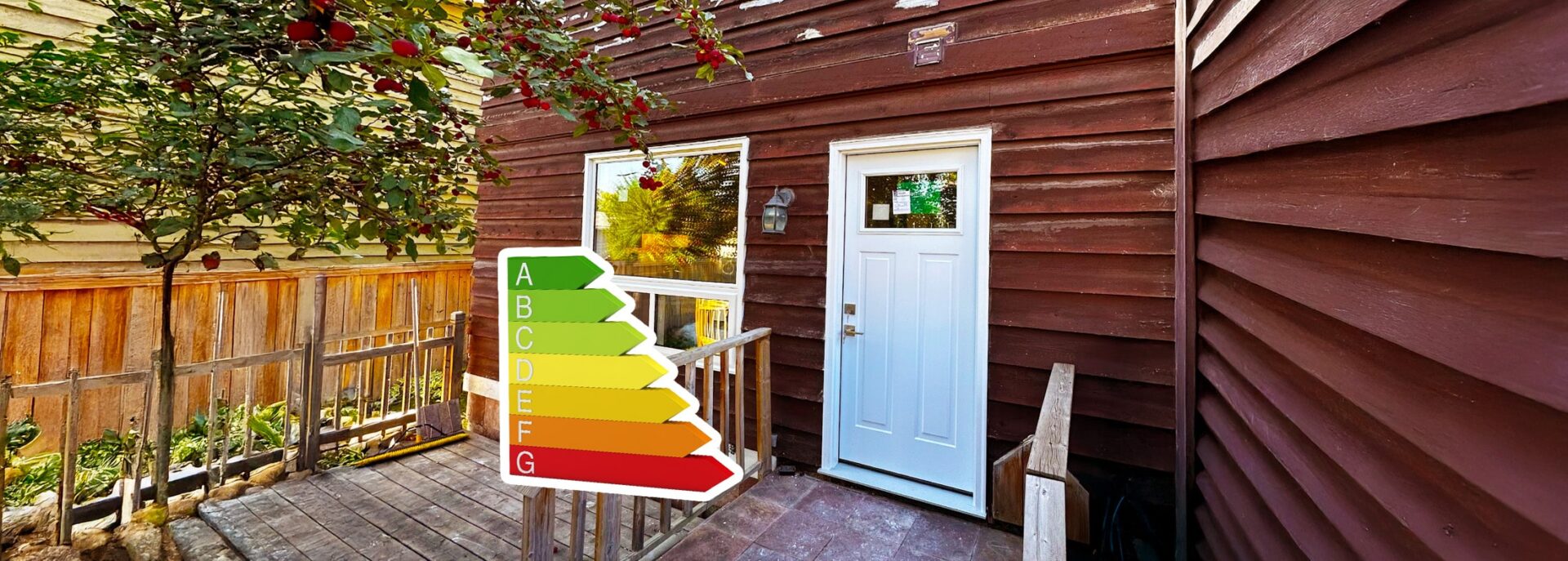
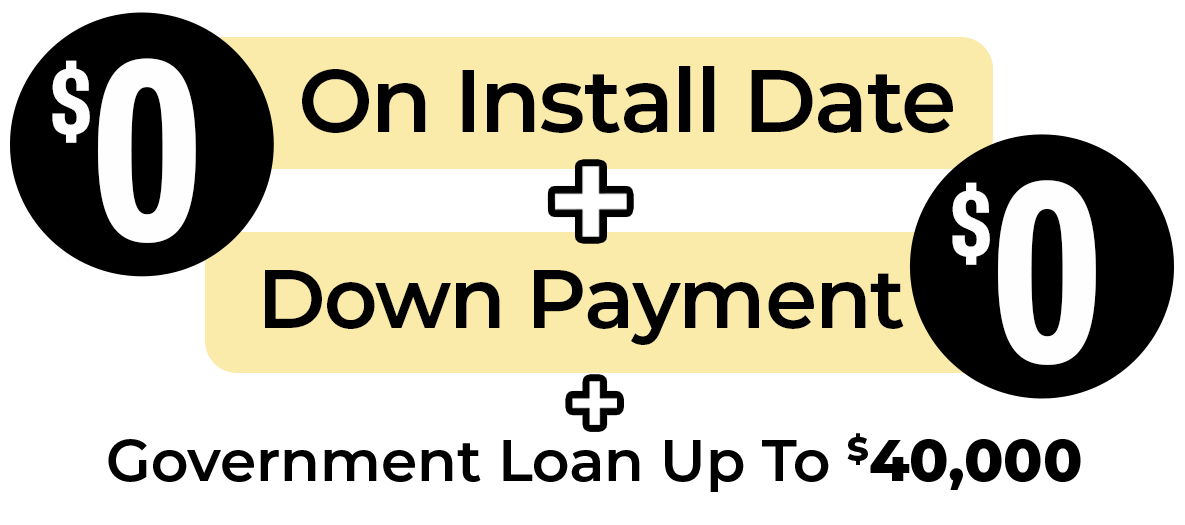
All You Need to Know About Entry Doors U-Factor and Energy Efficiency
Apr 7, 2025
6 min read
81
If your home feels cold in winter and sweltering in summer, the door U-factor could be to blame. In a nutshell, the U-factor is a handy indicator that shows how much heat sneaks in or out of your door: the lower the U-factor, the better the door at keeping your indoor climate comfortable.
Understanding what is a U factor for doors is crucial. It makes a big difference for your wallet — with ever-rising energy prices, it couldn’t be more relevant. Moreover, it helps you make sustainable and smarter choices when shopping shopping for new exterior doors.
U-Factor: What Is It and Why Does It Matter?
Let’s take a quick look at the technical details. The U-factor, or thermal transmittance, measures how quickly a door or replacement window conducts heat.
It’s expressed in BTUs (British Thermal Units) and typically ranges from 0.20 to 1.20. The value is calculated based on the thermal conductivity of the door’s materials, including the frame, glazing, gas fills, or air spaces between the panes. Here’s why your door’s U-factor matters:
- Energy Savings. Low U-factor means better insulation, which, in turn, means less heat enters your home during the summer and less heat escapes during the winter. The end result? The lower energy bill and less strain on your wallet.
- Comfort. A lower U-factor provides year-round comfort, minimizing heat gain, cold spots, and drafts.
- Sustainability. With reduced energy consumption, your house automatically lowers its greenhouse emissions.
Overall, energy efficient windows and doors have a low U-factor. The lower the parameter, the better the insulation, and the higher the energy efficiency, the better your chances of keeping your home snug and cozy regardless of the weather outside.
U-Factor vs. R-Value vs. SHGC
While these terms are closely related, they actually measure different things. U-factor is basically a leakiness meter — it measures how fast heat moves through your door (the lower the U-factor, the better).
In contrast, the R-value measures how well a material resists heat flow (higher values offer better insulation) — it’s like a ‘heat blocker.’
Next is the SHGC, or Solar Heat Gain Coefficient, which tracks how much solar heat passes through a door (a lower rating means less heat from the sun gets inside). Combine all these ratings, and you’ll have a good chance of picking energy-efficient windows and doors tailored to your specific needs.
By the way, all together these indicators make an overall Energy Rating (ER) of your product. To be recognised energy-efficient by Energy Star, your door should have at least 34 ER.

U-Factor: Efficiency Standards for Specific Regions
Despite the province you live in Canada, a good U-factor for entry doors can save you a great deal of money on heating and cooling costs.
In fact, up to 35% of heat is lost either through old and poorly insulated windows or exterior doors, hence installing an energy-efficient doors will positively impact the overall energy efficiency of your house, reducing energy bills and improving its value and comfort!
- Homeowners living in colder regions such as Manitoba, Saskatchewan or Alberta, should look for U-factors around or below 0.30 when shopping for new energy-efficient exterior doors.
- Homeowners residing in British Columbia should install front doors with slightly higher U-factor (but below 0.40), since SHGC indicator is essential here, helping to minimise indoor heat buildup.
To determine the U-factor, manufacturers test doors under controlled lab conditions using standards set by the National Fenestration Rating Council. The ENERGY STAR program, then uses those results to certify that the entire door (frame, panels, and glass) meets strict energy efficiency standards.
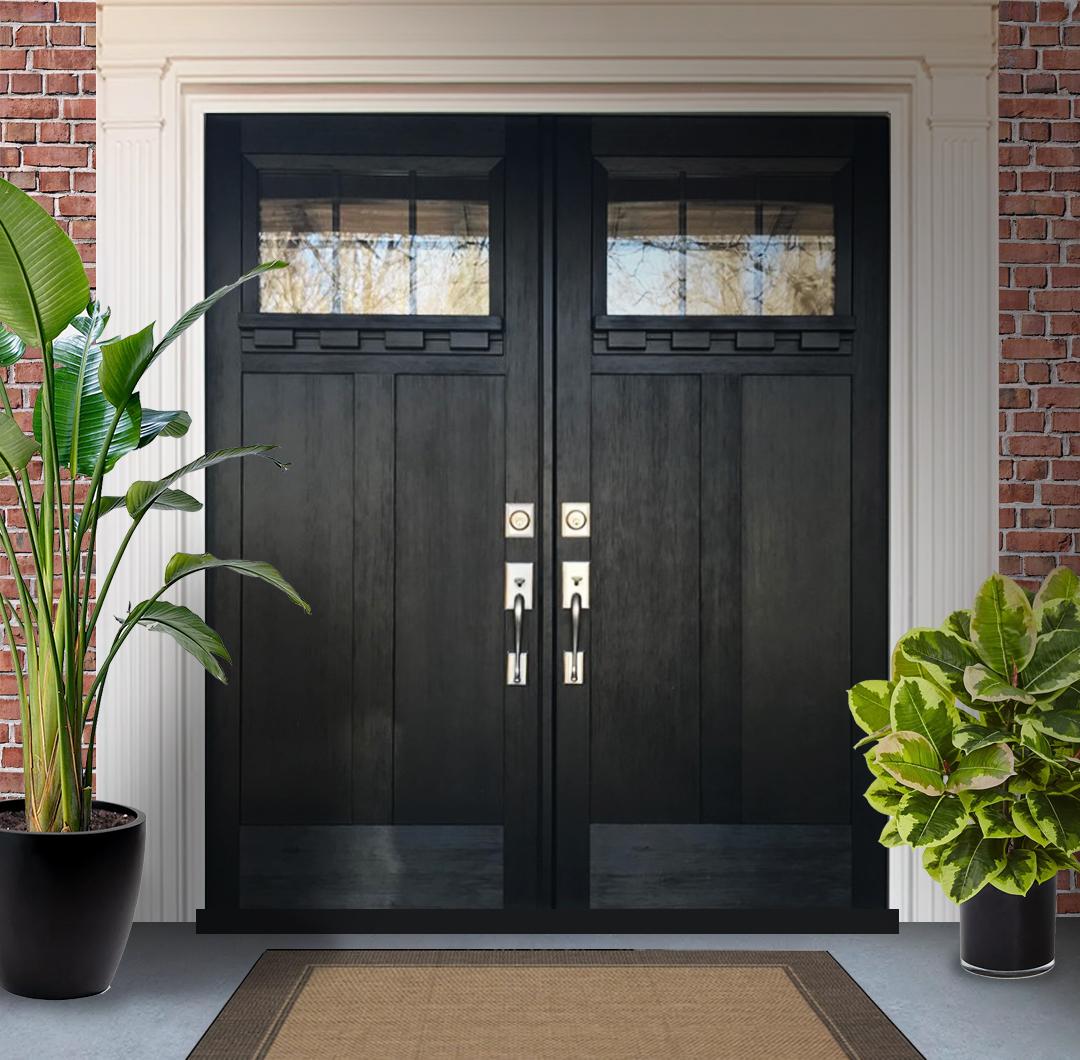
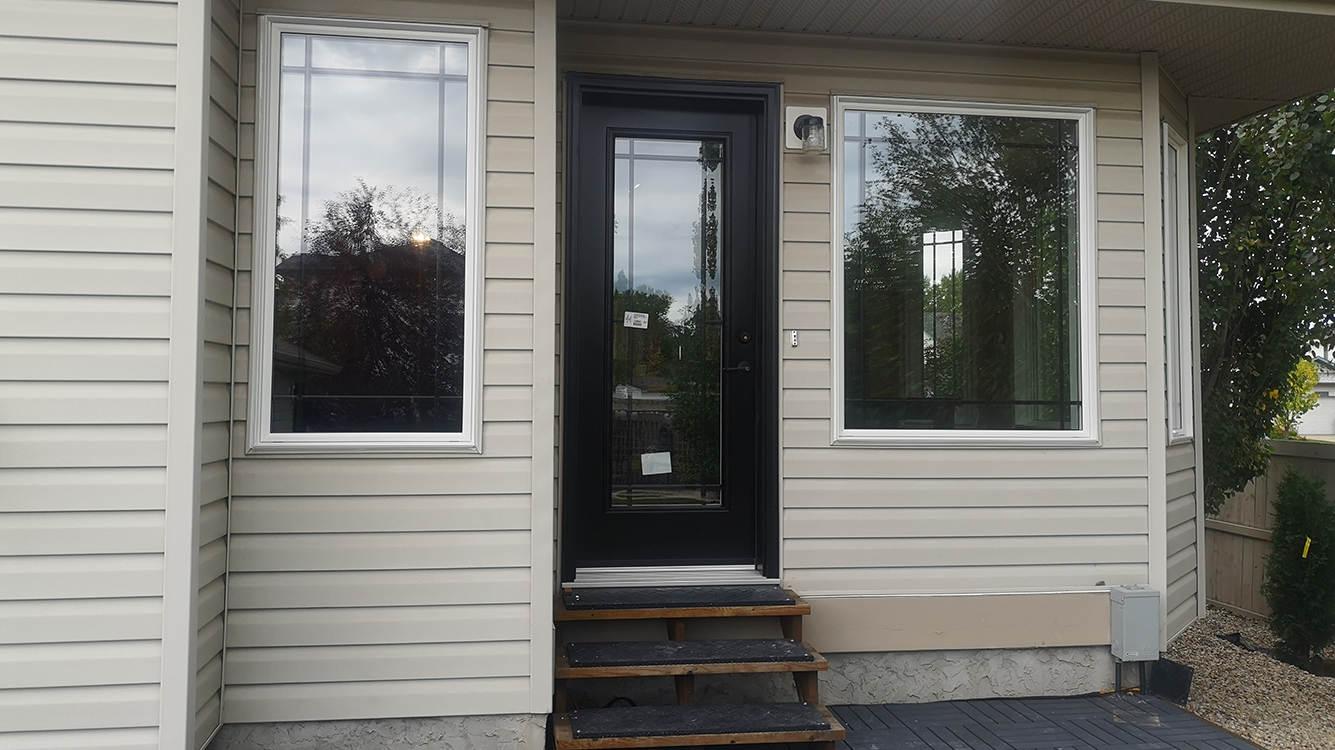
What Affects a Door’s U-Factor: Choosing the Best Exterior Doors for Energy Efficiency
Several aspects determine the door’s U-factor. Certification from programs like ENERGY STAR presents a shortcut for a consumer, but here’s a look at the main parameters that affect the final rating:
- Materials. Wood has a decent U-factor but doesn’t offer the durability that its synthetic counterparts do. In contrast, fibreglass and steel doors have foam-filler cores and are the go-to for superior insulation.
- Insulation. Doors with foam cores and weatherstripping can drop the U-factor by blocking air leaks.
- Design. If you’re set on getting glass entry doors or patio doors, look for models equipped with the triple-pane glass and low-E coating. For instance, a sliding door U-factor can decrease from 0.50 to 0.30 if it has a triple-pane glass, making it a contender among the best energy-efficiency sliding glass doors.
Whether you’re choosing most energy-efficient entry doors, patio doors, or even garage doors, look for labels from NFRC or ENERGY STAR.
Wrapping Up
The U-factor is an essential factor that cuts your energy consumption, saves you money, and keeps your place comfy around the year. Next time you’re door shopping, pay attention to NFRC labels and pick the most energy-efficient doors for your climate zone — not only will this investment pay off, but it will also help contribute to a greener future.
FAQ
How do I find the exterior door U-factor?
There should be the Energy Star label, which lists the U-factor alongside other ratings, on the door or its packaging. If you can’t find it, search online or ask your manufacturer for specs.
Are sliding glass doors energy-efficient?
Yes! It might sound counterintuitive, but glass doors can be energy-efficient. Just make sure that they feature triple-pane glass and low E-coatings.
What are the best energy-efficient exterior doors?
The most energy-efficient exterior doors are typically steel or fibreglass, boasting U-factors below 0.30.
Can I improve an existing door’s U-factor?
It depends. You can retrofit the doors with new glass panels, weatherstripping, and insulation kits. However, if they’re old and drafty, it might be best just to replace them altogether and pick the best energy efficient exterior doors for your region
1750 Coast Meridian Rd #102,
Port Coquitlam, BC V3C 6R8
100, 17866 106A Avenue,
Edmonton, AB, Canada,
T5S 1V3
3307 Dunmore Rd SE #12,
Medicine Hat, AB,
Canada, T1B 3R2
2081 Merivale Rd #201, Ottawa, ON, Canada, K2G 1G9
by appointment only
109 Ilsley Ave Unit #3, Dartmouth,
NS, Canada, B3B 1S8




